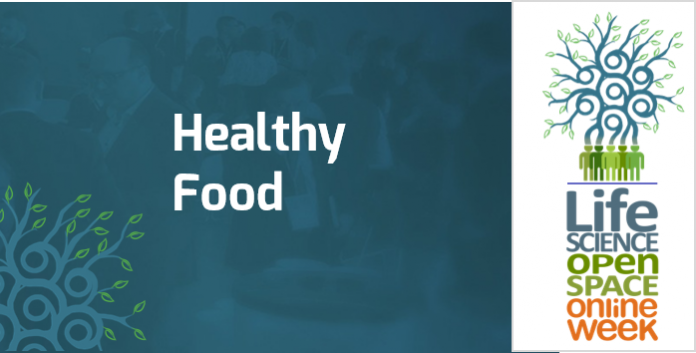
Introduction – the problem:
Non-thermal processing of food is currently gaining increased attention from both science and industry. Such processing allows to extend the shelf-life of food products which cannot be subjected to thermal treatment. An example of such food products are fresh fruits and vegetables, meat, fish or sushi. One of the emerging and innovative non-thermal preservation technologies is the use of cold atmospheric plasma. This method can be successfully used in medicine, agriculture, nanotechnology, environment protection or by the energy industry. In food technology, cold plasma can be used to the reduce the microbiological counts, including reduction of pathogenic microorganisms, through a direct exposition of the product to cold plasma. Plasma can be also used to create plasma activated water or to reduce the biological contamination of the sewage which are generated by food production plants. The method is considered as environmentally friendly and with low operation costs. Despite the abovementioned advantages, the use of cold plasma has also some side effects, which will be covered during the lecture. Despite the broad spectrum of possible applications, the use of cold plasma does not exceed the laboratory scale experiments.
The offer – the solution:
The lecture will cover the possibilities of using cold plasma and plasma activated water within the food technology. Both advantages and disadvantages of the method will be underlined, which will enable for all the interested parties to individually assess the possible usefulness of the method within own production process.
NAWIĄŻ KONTAKT:
Piotr Kulawik
Uniwersytet Rolniczy im. Hugona Kołłątaja w Krakowie

